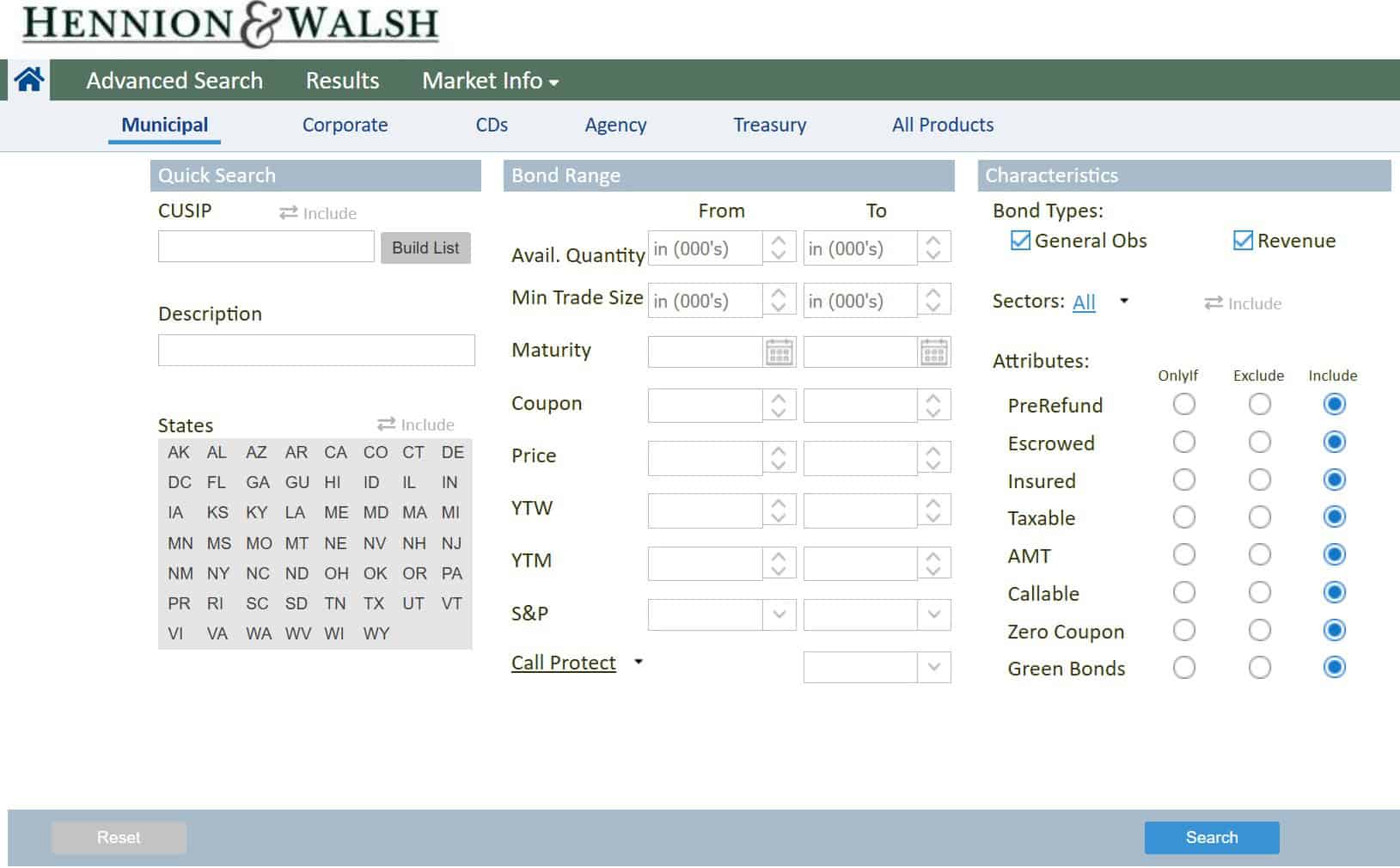
Afraid of Outliving Your Money? Explore Strategies for Security.
Fears about running out of money late in life touch many people, regardless of career, education level, or how diligently they’ve saved. No matter the numbers in an account, anxiety about the future can loom large—especially as retirement draws closer. So, what fuels this anxiety, and what can you do to protect yourself from financial uncertainty as you age?
The Roots of Retirement Anxiety
Retirement planning used to be straightforward for many: work for decades, collect a pension, supplement with Social Security, and rely on cost-of-living staying mostly stable. That picture has changed significantly.
Today, life expectancies have grown. Medical advances mean many folks are living well into their 80s and even 90s. While that’s often something to celebrate, it means income needs to last longer. Meanwhile, traditional pensions have all but vanished for private sector workers, replaced by 401(k) and IRA plans that put responsibility for saving and investing onto individuals.
Other changes add to these worries:
- Healthcare costs continue their steady rise
- Social Security’s long-term viability is uncertain and payments often cover only a portion of needs
- Inflation steadily erodes purchasing power over decades
- Market volatility makes investment projections less predictable
It’s not surprising that financial surveys constantly find “outliving your money” is one of the top concerns shared by pre-retirees and retirees alike.
Retirement Savings: Are They Enough?
How much is enough for retirement depends on many variables: lifestyle, expected longevity, living arrangements, desired flexibility, and more. Finance textbooks might use simple rules like the “4% rule” (withdraw 4% of your retirement savings each year), but real lives rarely fit so neatly into mathematical formulas.
A closer look at the math for a couple retiring at age 65, planning to maintain a middle-class existence, and accounting for recurring expenses often reveals the gap. Unlike working-age budgets, retirement budgets must anticipate:
- Long-term care or significant health-related expenses not covered by Medicare
- Periods of market downturns
- Taxes on withdrawals from pre-tax retirement accounts
- Unexpected large outlays (home repairs, supporting family, etc.)
And unlike your working years, returning to employment in your late 70s isn’t always a reliable fallback.
Major Factors Affecting Retirement Funding
| Factor | Impact on Retirement Savings |
| Longer life expectancy | Income needed for more years |
| Market fluctuations | Portfolio values can rise or fall unpredictably |
| Medical costs | Higher expenses, especially late in life |
| Inflation | Erodes purchasing power over time |
| Social Security changes | May affect income reliability |
Strategies for Creating Lifelong Income
Confronting these realities doesn’t have to be intimidating. Plenty of tools and techniques help ensure assets last. The first step is to put numbers around your goals and needs—not just dreams, but also honest estimations of what a long life might require.
Here are several effective ways to set your finances on solid ground for decades to come:
1. Budgeting Beyond Your Working Years
Building a detailed and realistic retirement budget is non-negotiable. This means tracking current spending, forecasting where expenses might rise (like healthcare), and seeing where they might fall (commuting, saving for retirement, paying off the mortgage).
Many retirees find benefit in separating expenses into categories:
- Essential: housing, food, medical, utilities, insurance
- Discretionary: travel, dining out, hobbies, entertainment
Prioritizing your budget and reviewing it at least annually provides clarity and grounds spending in reality.
2. Layering Your Income Sources
Most people will have several “pillars” supporting them throughout retirement. These might include:
- Social Security payments
- Regular withdrawals from retirement accounts (like IRAs or 401(k)s)
- Annuities that guarantee a steady income for life
- Pensions (if available)
- Rental or business income
- Part-time work or consulting
Combining guaranteed sources (like Social Security or annuity payments) with flexible ones helps provide stability while allowing adaptation to changing needs or market movements.
3. Protecting Against Longevity Risk
Outliving your money is ultimately a form of longevity risk. Some solutions specifically address this:
- Deferred income annuities: Buy in your 60s, start receiving monthly payments at 80 or 85, which can kick in as other resources wane.
- Lifetime annuities: Convert a lump sum into guaranteed income streams that last as long as you live.
These strategies often make sense for those with long-lived parents or personal health predictions indicating a longer lifespan.
4. Adjusting Withdrawal Strategies
Withdrawal strategy can be as important as investment strategy. The “4% rule” is a guideline, not a guarantee. Some retirees choose variable withdrawal approaches, which adjust spending in response to market performance.
When markets soar, you might withdraw a bit more; when they drop, you trim back temporarily. This flexibility can help preserve capital over long periods.
5. Planning for Medical and Long-Term Care Costs
Medical expenses often spike in retirement, particularly after age 80. It’s wise to factor in:
- Medicare premiums and out-of-pocket drug costs
- Supplemental insurance or Medigap policies
- Potential need for long-term care, which isn’t typically covered by Medicare
Long-term care insurance, health savings accounts (HSAs), and setting aside specific assets for these needs provide peace of mind.
6. Inflation Protection
Investing some of your portfolio in assets designed to shrug off inflation is one way to preserve buying power. These might include:
- Treasury Inflation-Protected Securities (TIPS)
- Equities with strong dividend histories
- Real estate investment trusts (REITs)
- Commodities allocation (used sparingly and carefully)
Your financial advisor can help design a blend that matches your risk tolerance and income needs.
Working With a Professional
If these choices seem complex, you’re not alone. Retirement planning is more nuanced than just picking investments out of a hat or setting an arbitrary withdrawal rate.
A trusted financial advisor doesn’t just plot charts or recommend funds. The best ones act as financial coaches and accountability partners, anchoring your plan in data and real-world experience with clients like you. An advisor’s expertise is especially valuable when:
- Coordinating tax-efficient withdrawal strategies
- Simulating multiple retirement scenarios (good and bad markets, unexpected life events)
- Recommending insurance solutions for health and long-term care
- Keeping you focused when markets are volatile
Communication and Family Considerations
One overlooked part of the puzzle: honest conversations with family and loved ones. Retirement finances don’t exist in isolation. Your support system—and the people you may want or need to help later—should be aware of your plans.
Crucial topics can include:
- Sharing plans for housing, including potential downsizing or relocation
- Naming trusted individuals who can help manage finances if you become ill
- Discussing how large gifts or support to relatives fit into your retirement picture
Bringing others into your plans reduces misunderstandings and ensures your wishes are carried out if you can’t speak for yourself.
Mindset Makes a Difference
Financial security isn’t just a spreadsheet problem. Your own mindset about money, aging, and risk will influence your choices even more than market returns.
Consider:
- Staying mentally active and open to new ways of earning or saving, even late in life
- Focusing on the value of memories and relationships, not just portfolio balances
- Practicing gratitude for what you’ve already accomplished, which can ease anxiety about what’s to come
Peace of mind in retirement comes from a blend of preparation, realism, and resilience. Smart planning sets the stage, but flexibility as life unfolds is what really provides confidence.
Embracing new strategies and staying connected with professionals and loved ones means you’ll be ready to meet both the challenges and joys of later life. And while there are no guarantees, there’s immense satisfaction in knowing you took steps to protect the possibilities of your future.
Disclosures:
This commentary is not a recommendation to buy or sell a specific security. The content is not intended to be legal, tax or financial advice. Please consult a legal, tax or financial professional for information specific to your individual situation. Investing involves risk including possible loss of principal. Past performance is no guarantee of future results. Diversification does not guarantee a profit or protect against loss.




